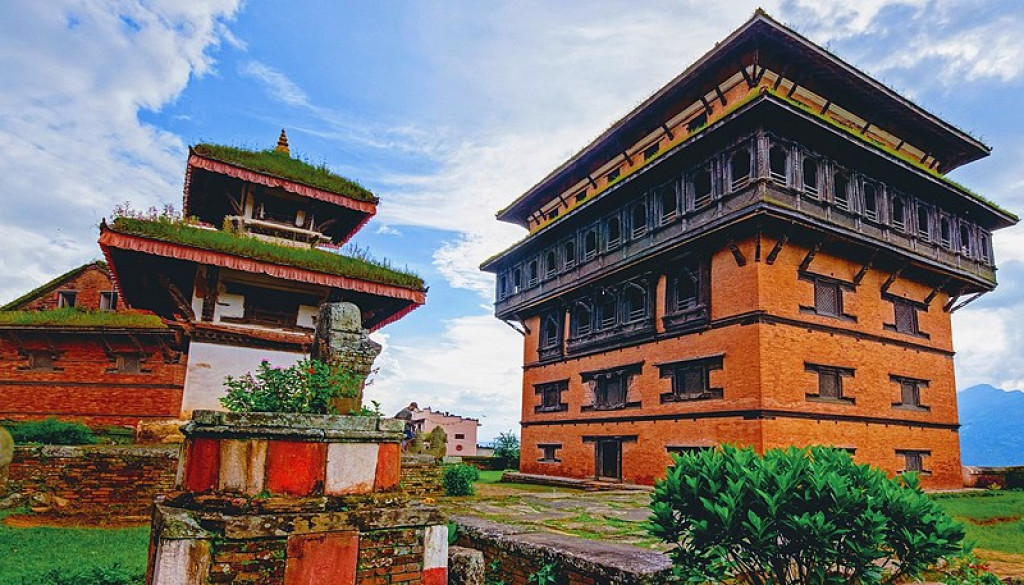Nuwakot Durbar, a prominent historical landmark nestled in the heart of Nuwakot district, stands as a testament to Nepal’s rich cultural heritage. Recently, efforts have been intensified to preserve and promote this iconic structure, which holds significant historical and architectural value.
Built-in the 18th century by King Prithvi Narayan Shah, the founder of modern Nepal, Nuwakot Durbar served as a strategic fortress during his campaign to unify Nepal. Over the centuries, it has not only withstood the test of time but also bears witness to Nepal’s glorious past and cultural evolution.
The Durbar, with its impressive architecture and commanding views of the surrounding valleys and mountains, attracts tourists and history enthusiasts alike. Its intricate woodcarvings, ancient temples, and majestic palace buildings reflect the artistic prowess of Nepali craftsmen from centuries ago.
In recent developments, local authorities and heritage conservationists have undertaken initiatives to restore and preserve Nuwakot Durbar. These efforts aim to enhance visitor experience while ensuring the preservation of its historical integrity.
“The Nuwakot Durbar holds immense cultural and historical significance for our nation,” remarked a local conservationist involved in the restoration efforts. “It not only serves as a symbol of our past but also as a beacon for our future generations to appreciate and cherish.”
Plans are also underway to promote Nuwakot Durbar as a key cultural tourism destination, offering visitors a glimpse into Nepal’s royal history and architectural splendor. As these efforts continue, Nuwakot Durbar remains a cherished gem, embodying Nepal’s enduring cultural legacy for generations to come.






